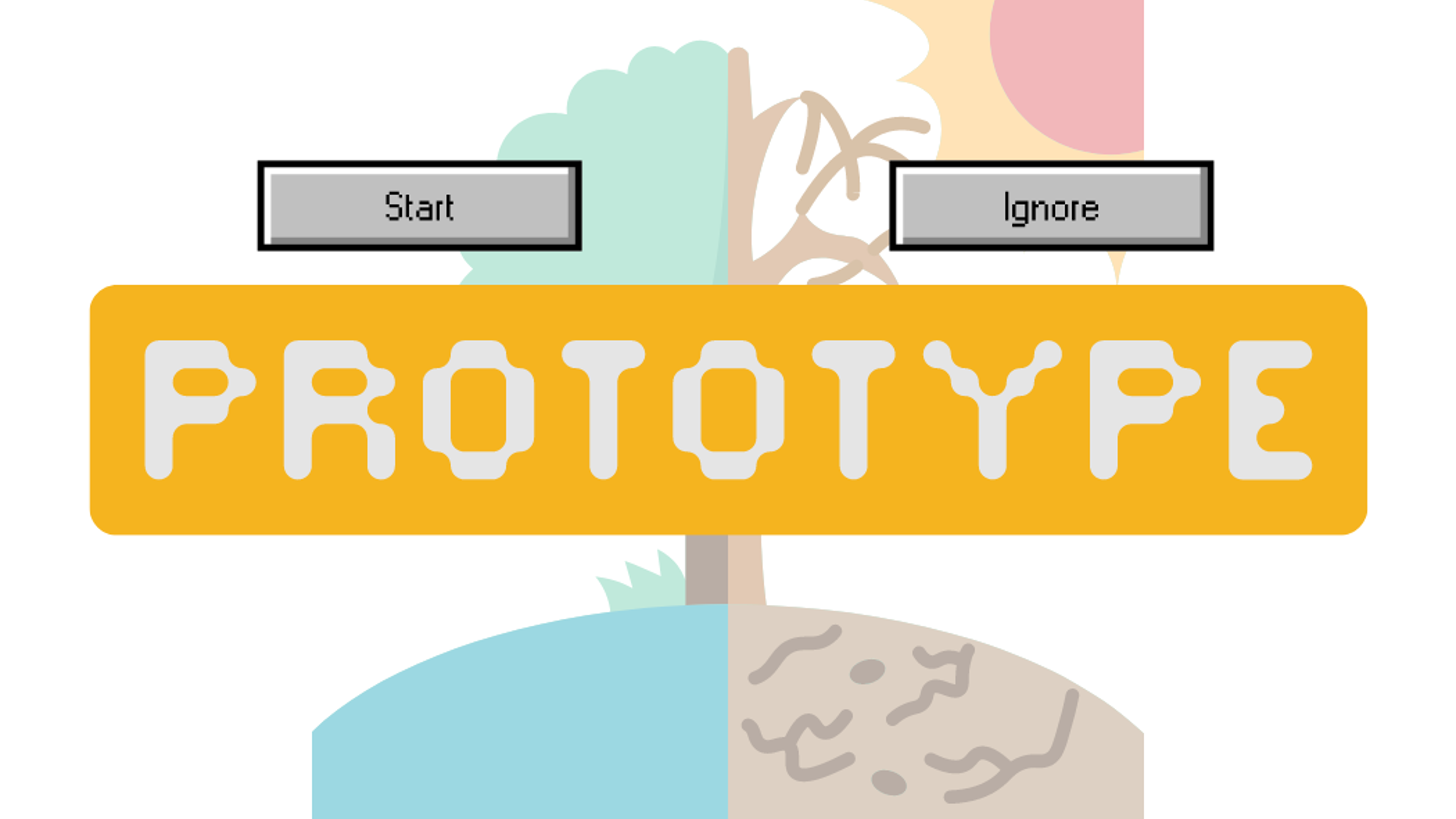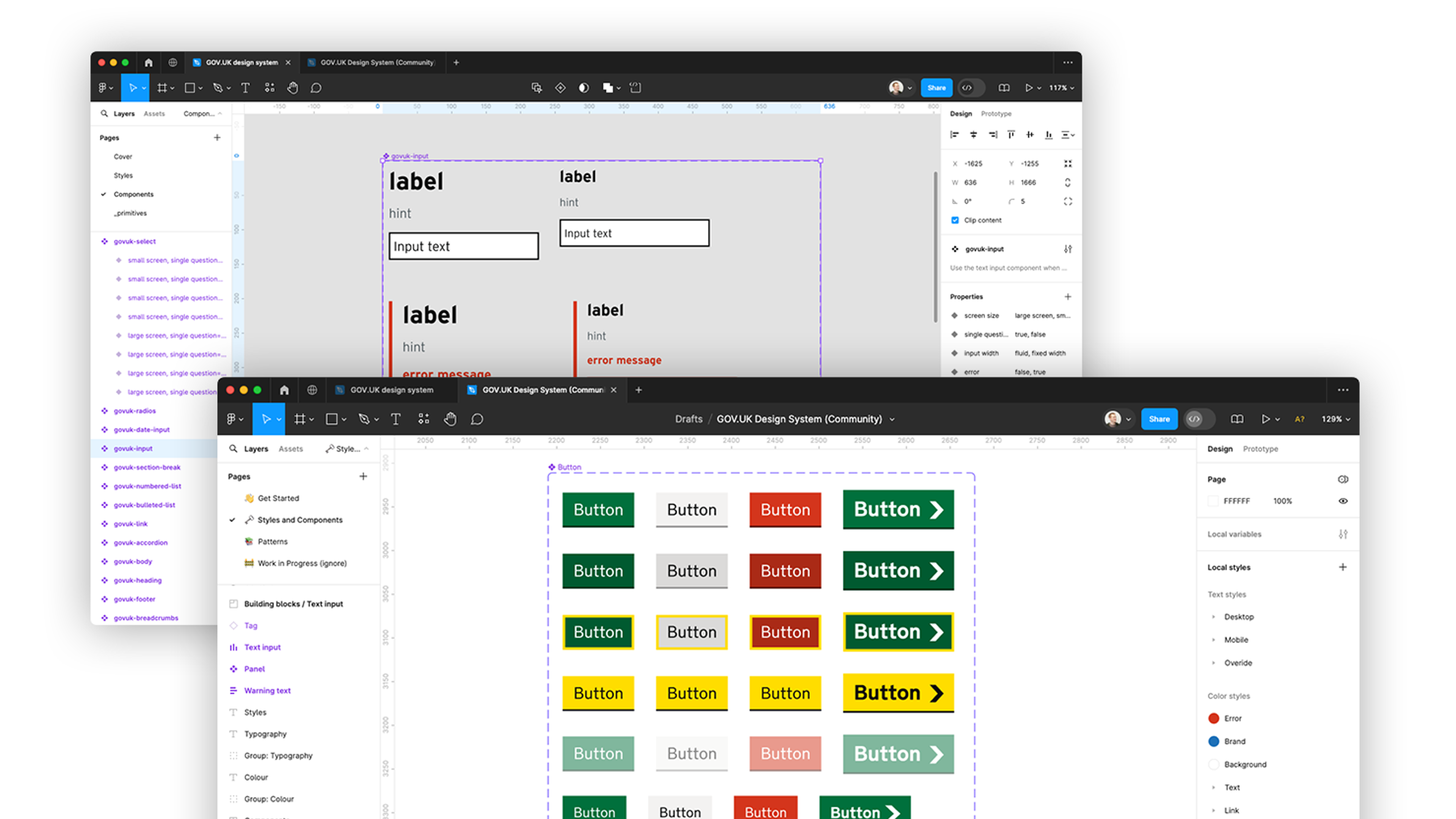Opinion: Here’s what happens when the customer is wrong

What happens when the client disagrees with the agency? The work gets done, that’s what. Learn the four words which keep our customers satisfied and our developers sane.
Whatever we do, whether we’re developing new digital products or strategizing a new creative direction, we view projects as a partnership.
Sometimes these partnerships last years, with both parties growing and evolving alongside one another as time goes by. Working so closely, not every decision can be unanimous.
Sounds like marriage, right?
Well, those who have been so blessed will tell you the key to a successful marriage is learning to be the first to apologise, and to disagree without grudges.
Thankfully, we don’t have to do much apologising in a professional capacity, but handling disagreement is key to our project philosophy.
Handling conflict in web development
It’s so easy to say ‘the customer is always right.’ But our team are hired for their knowledge and skill, not their ability to say ‘yes, that’s a great idea’ to ideas which are… not great.
For this reason, handling our client’s decisions are often the defining moments of a project. These moments have produced a core Fluent proverb; challenge once, move on.
It’s a question of respect. We ask to be respected for the skills we provide, and in turn we give customers full respect for what they do. They work in sectors we don’t, with highly specific contexts and long-term goals.
Because of this, we’re acutely aware that we’re only bringing some of the puzzle pieces to the table. We can always advise on things that can’t be changed; if one system simply won’t work with another, or if there are legal aspects to consider. But so much of what we do is about separating fact from assumption, and experience from opinion.
The distinction can become a burden for highly experienced teams like ours. Sometimes, assumption might smell like fact, sound like objectivity, and strut around like truth. We need to be able to spot the difference.
Software engineering without ego
This is what they don’t teach you in the agile development textbooks. It’s far better to pick a position quickly, at little emotional cost. It helps you stay on your toes and makes your planning less brittle. It also helps cut down confirmation bias as projects develop.
There’s a story which illustrates this perfectly. Not long ago, a client came to us with a problem. We did our thing and suggested a solution which would have solved that problem. In hindsight, it was perhaps a little over-engineered and towards the upper end of their budget, but it would have worked.
The client, however, went with a souped-up spreadsheet, which would not have worked. And it didn’t. But we challenged once, the client insisted, so we moved on and did our best.
Three months later, when the whole project needed to be done from scratch to our original specifications, there was no ‘I told you so.’ Because data collected from the spreadsheet approach (which we couldn’t have gotten from our own) proved invaluable to the development process.
See how utterly pointless it becomes to obsess over who was right or wrong about complex outcomes, which we have no way of predicting.
Imagine if we’d spent our political capital willy nilly, nailed our colours to the mast, and insisted on the ‘right’ initial solution. We’d have muddled through and lost out on the value their data added. In the long run, the client would have ended up with the second most preferable option.
Make sure your project works for you
This is just one of many humbling experiences which reinforce the value of our challenge once, move on rule. To us, the work exists as a grand ideal, beyond the incredibly limiting confines of human ego. We act in service of the work, trusting and respecting our clients to do the same.
We’ll put forward the pros and cons of a plan, with the evidence you need to make the trade-offs. You might trade scalability for time to market, or the wants of end users for the needs of business users. You might even be trying to cram too many features into an impossible deadline, and we’ll give you our honest opinion of that, too.
Once we know we’ve supplied you with the best possible information to fit into the bigger picture of your business, we can respect your decision. When a plan is set, we give it our all.
This lets us stay agile, adapting to new information quickly because there’s no political capital invested in an older decision. It lets us get things done. To go back to the old metaphor, we’re with you for richer and for poorer, in sickness and in health.
You may kiss the app.
Have you got a big idea to explore? Want to create something that’ll revolutionise your business? Want to get it done without any ego or office politics? Us too. Let’s get started.
Want more tips on digital product development from people at the cutting edge? Follow Fluent on LinkedIn and keep learning
Ready to solve your problems?
We'll help meet the challenges facing your growing business. Get in touch and tell us what you need, the team can't wait to hear from you.
Contact us
![2295X1200 Social Media [ All ] 01](https://fluent-umbraco-hwduaufvc9h8gbad.uksouth-01.azurewebsites.net/media/scujluzj/2295x1200-social-media-all-01.jpg?width=3840&height=2160&quality=70&format=Webp)

